Articles
News

Trends—August 2016
If It Ain’t Broke…Keep It That Way Manufacturers are seeing big benefits from providing maintenance training. Just 40 hours of maintenance training per employee per year can net as much as a 127-percent return on investment, says a new study from Advanced Technology Services (ATS), a manufacturing maintenance consultancy. The study collected data from 1,189 […]
Read More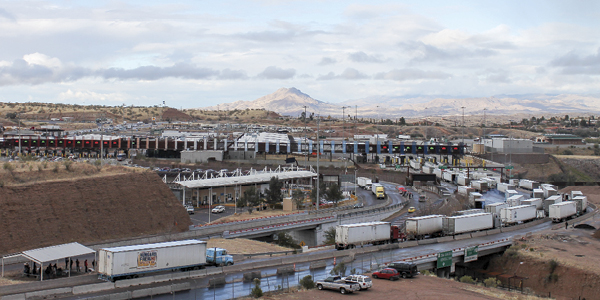
Global Logistics—August 2016
U.S./Mexico Border Project Takes Off Wait To address customs clearance delays and waiting times at the U.S./Mexico border, U.S. Customs and Border Protection (CBP) and Mexico’s Tax Administration Service (SAT) launched the Unified Cargo Processing pilot program at Arizona’s Port of Nogales, Mariposa Commercial Facility. The project is posting positive results in its initial stages. […]
Read More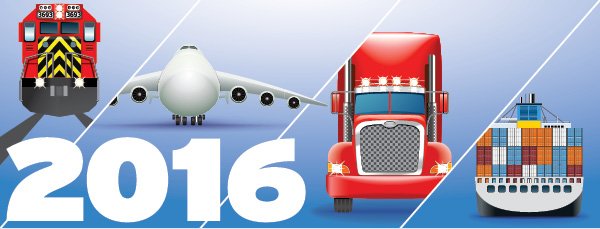
Trends—July 2016
2016: Logistics in Transition It’s transition time for the supply chain and logistics sector. New technologies are on the horizon, but aren’t here yet. Old ways of doing things are being slowly phased out as new ways phase in. Decades-old trade barriers are breaking down, opening new markets to the world. The way consumers shop […]
Read More
Global Logistics—July 2016
UK Voters: See EU Later The British exit, or Brexit, referendum by the population of the United Kingdom to leave the European Union (EU) has already had some impact on the supply chain, and will likely have much more in the coming months. The dust is still settling after the narrow 51-percent victory, but as […]
Read More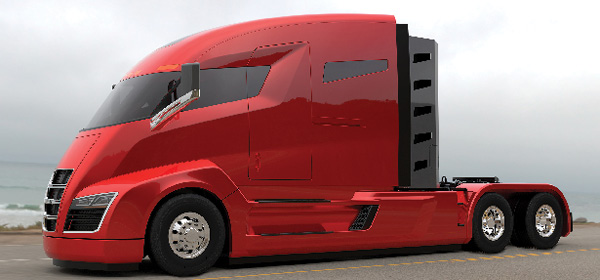
Trends—June 2016
The Name’s the Same, But It’s a Different Game There’s a new player in the electric vehicle market. By its name, Nikola Motor Company may seem a carbon copy of rival Tesla Motors (both are named after engineer, physicist, and inventor Nikola Tesla), but the vehicles Nikola wants to make are bigger in scope. Literally. […]
Read More
Global Logistics—June 2016
Fashion Police: Who Are You Wearing? Who made the clothes you’re wearing? Where were they dyed? Where were they sewn? You may have no idea. As it turns out, there’s a good chance the clothing manufacturer has no idea either. Some companies have come a long way in terms of supply chain visibility since the […]
Read More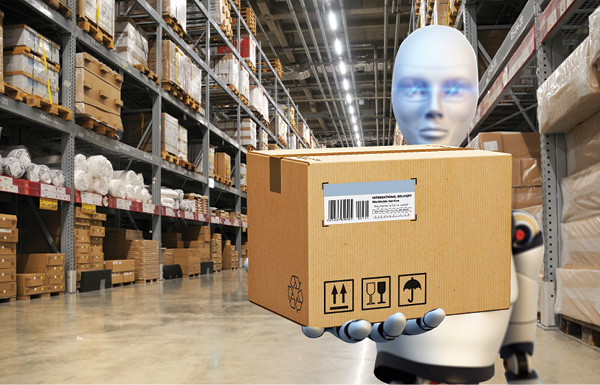
Trends—May 2016
Robots Coming Soon to A Warehouse Near You Even with the rise of the Internet of Things and the advancement of automation technologies, 80 percent of global logistics facilities still operate manually, according to Robotics in Logistics, a report by Deutsche Post DHL. But the time for robots in logistics is upon us. "Robots work […]
Read More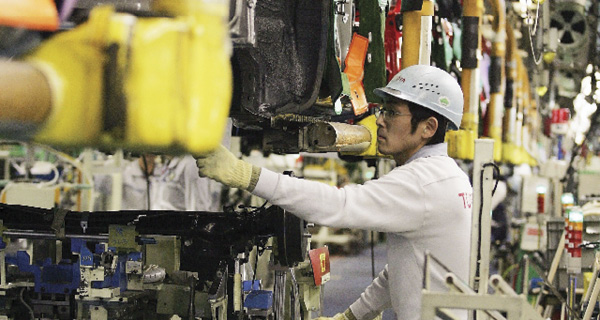
Global Logistics—May 2016
Earthquakes Shake Up Global Supply Chains The global supply chain is still feeling the aftershocks of a 6.5-magnitude earthquake that struck Japan on April 14, 2016, followed by a 7.3-magnitude earthquake two days later on Japan’s island of Kyushu. With property and local infrastructure severely damaged, many companies will continue to feel the effects in […]
Read More
Trends—April 2016
What Will Smart Cities Mean For the Supply Chain? One decade ago, we were still getting used to the idea that our mobile phones were smarter than us. Today, thanks to an Internet of Things that links all our computerized devices, we have smart watches, smart toothbrushes, smart cars, smart factories, and countless other interconnected […]
Read More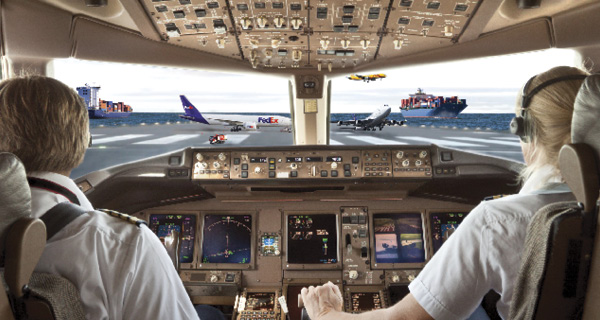
Global Logistics—April 2016
Air Cargo Struggles to Find its Wings Times are tough for the air cargo industry. Despite the fact that the rest of the world seems to be recovering from the global financial crisis, air freight just can’t seem to sustain any type of upward momentum. The industry has gone from a $67-billion annual profit in […]
Read More
Trends—March 2016
Trucking Companies Hit the Brakes on Driver Wages The capacity crunch that has plagued the trucking industry since 2013 appears to be easing as poor economic growth in the fourth quarter of 2015 has trucking companies lowering their freight estimates. Only one-third of carriers expect to have any increase in freight volume in 2016, according […]
Read More
Global Logistics—March 2016
What Keeps Supply Chain and Risk Managers Up at Night? Every type of business risk has an impact on the supply chain. And when risk becomes reality, risk managers and supply chain managers work in tandem to keep goods and materials flowing. In 2016, companies need to be prepared and ready to meet the following […]
Read More
Trends—February 2016
UAV Operators Wait As FAA Guidelines Drone On Amazon CEO Jeff Bezos announced in 2013 that Amazon Prime Air would use unmanned drones to deliver packages to your door in 30 minutes or less. The online retailer has since claimed that it is only waiting for the government to make drone package delivery legal. Unfortunately, […]
Read More
Global Logistics—February 2016
Global Infrastructure Projects: Building for the Future A $305-billion transportation infrastructure bill passed the U.S. Congress at the end of 2015, but the United States isn’t the only country looking to spend big money on infrastructure projects, according to the 2016 Global Infrastructure Report from CG/LA Infrastructure. The report details 100 infrastructure projects in 71 […]
Read More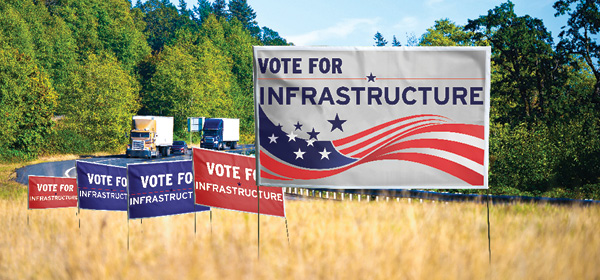
Trends—January 2016
Of Potholes and Politics Transportation infrastructure became a hot topic at the end of 2014. So hot, in fact, that it was on the short list of items that had Congress prepared to shut down the government again. This was an interesting development for those who depend on our nation’s highways and waterways—especially because there […]
Read More
Global Logistics—January 2016
It’s Not Easy Beijing Green China reached its highest level of air pollution on record in December 2015. The smog in Beijing was so bad that the government issued a series of red alerts (the highest alert on a four-tier scale) spanning days. The alerts forced more than 2,000 factories to reduce or shut down […]
Read More
Global Logistics—October 2015
Today’s Digital Economy: What’s in Store for Retailers? Retailers are currently pressured to adjust their internal and customer-facing strategies to meet consumer demands, which are evolving at a rapid pace. But they must be willing to evolve as well, according to SAP’s inaugural Retail Index survey conducted in partnership with global forecasting firm Oxford Economics. The survey […]
Read More
Trends—December 2015
Data Capture Technology Ripe for Picking Reducing picking errors remains a high priority for distribution center operators, especially as customer expectations, particularly for faster and more accurate delivery, continue to increase, according to a recent Honeywell survey. Distribution centers are currently losing an average of more than $400,000 annually to picking errors, the survey finds. […]
Read More
Trends—November 2015
GHS: Label It a Problem Fewer than 50 percent of the nearly 150 supply chain professionals from internationally based chemical companies responding to Loftware Inc.’s recent GHS Readiness Survey have met the latest Globally Harmonized System of Classification (GHS) labeling requirements. The United Nations originally adopted the GHS in 2002 to ensure hazardous materials are […]
Read More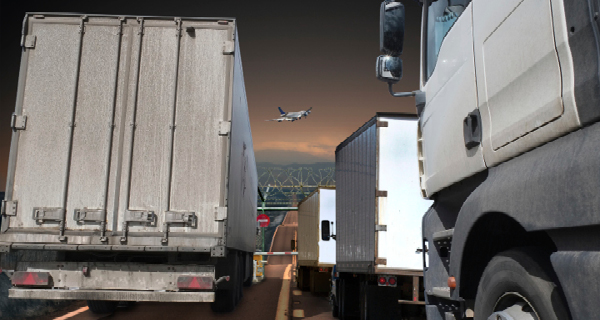
Refugees Cause Price Hike for EU Shippers
Refugees Displace EU Supply Chain In many cases, even under the best circumstances, border crossings can be rife with paperwork, passports, and delays. But Europe has streamlined the process, with free and open border crossings between most of its member states that eliminate many of these hassles. That is, until recently. More than nine million […]
Read More